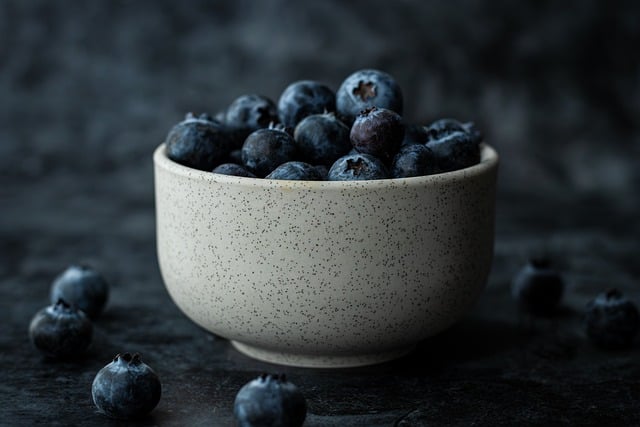When it comes to painting, the emotional power of dark tones cannot be underestimated. They can evoke feelings of mystery, depth, and sometimes even melancholy. As artists, whether beginner or seasoned, embracing these hues can elevate our work from simple DIY projects to emotionally resonant masterpieces. If you’re interested in enhancing your artistic journey, let’s explore how to incorporate dark tones into your creations.
First, consider the colors that fall under the umbrella of dark tones. Deep blues, rich greens, and profound burgundies offer endless possibilities for expression. These shades can act as the backbone of your artwork, providing contrast and balance. It’s essential to remember that while dark tones convey depth, they also require careful handling—you don’t want to drown out the artwork with darkness alone. Instead, think about how these shades can enhance lighter colors, creating dynamic visual interest.
The beauty of embracing dark tones lies in the emotional layers they can add to your work. Imagine a scene where a soft, golden light filters through a window, casting shadows across a wall painted a deep indigo. That contrast can tell a story, evoke a memory, or spark an emotion. As you embark on your own creative projects, ask yourself: what story do I want to tell? The answers will guide your choice in colors and compositions.
One technique often employed in handcraft projects involving dark tones is layering. This method not only deepens the visual complexity of your painting but also emphasizes the interplay of light and shadow. Start with a dark base layer and gradually build up lighter shades to create dimension. This technique can be particularly effective in landscapes, portraits, or abstract pieces. Don’t shy away from experimenting with texture as well; incorporating mediums like sponges or brushes with stiff bristles can yield fascinating results.
When working with dark tones, consider the surrounding environment where your art will live. Dark shades can create a dramatic focal point, but they must be contextually balanced within a room. Choosing complementary pieces or accessories can enhance the overall ambiance of your space, allowing your artwork to shine. Achieving harmony between your creations and their surroundings is an essential aspect of DIY artistry.
Don’t forget to embrace the emotional journey that accompanies painting with dark tones. As you paint, allow yourself to feel whatever emotions arise. Painting should never be just a task; it should be an experience that allows you to connect with your inner self. Document your creative process through journaling or photography, as these reflections may provide insights into your evolving relationship with art.
Whether you’re embarking on a weekend DIY project or diving into a more complex handcraft endeavor, dark tones provide the perfect opportunity to challenge yourself creatively. Allow the richness of the colors to inspire you, push your boundaries, and explore the depths of your imagination. In the end, creating with dark tones isn’t just about the visual output; it’s about crafting a narrative that resonates both with you and your audience.
